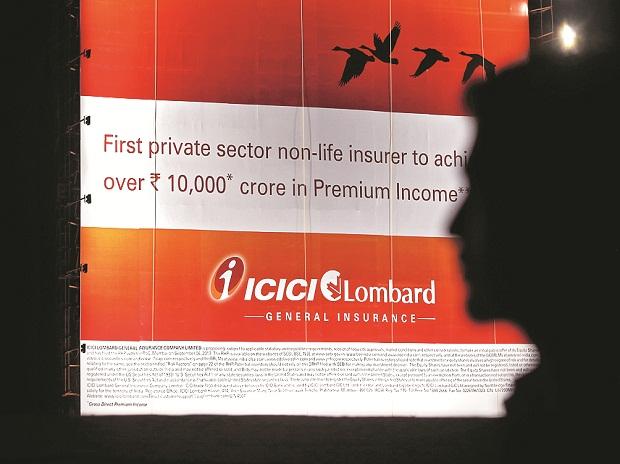[ad_1]
ICICI Lombard General Insurance’s net profit for the December quarter Q3) of FY23 increased 11 per cent year-on-year (YoY) to Rs 353 crore, aided by a healthy rise in gross premiums underwritten.
Meanwhile, gross premiums earned by the insurer rose 17 per cent YoY to Rs 5,600 crore in Q3. Its gross direct premium income (GDPI) stood at Rs 5,493 crore, up 17 per cent from the year-ago period.
However, the insurer reported a 9 per cent increase in underwriting losses in the period under review (Q3FY23) to Rs 293.46 crore. “Q3 is a seasonal quarter in so far as retail lines of businesses are concerned. Given the fact that the mix of retail is higher in Q3, any cost of distribution that a company incurs has to be shelled out upfront. However, the benefit in terms of premiums accrues over a period of time. Hence, the underwriting losses have widened. And, Q3 has historically seen higher underwriting losses because of the festive season months”, the management said in the earnings call.
But the combined ratio remained steady at 104.4 per cent in Q3.
The combined ratio measures the money flowing out of an insurance company in the form of dividends, expenses, and losses.
Typically, A ratio below 100 percent indicates that the company is making an underwriting profit, while a ratio above 100 percent means it is making underwriting losses. However, a company can potentially still be profitable, even if the combined ratio is above 100, because the ratio does not include investment income.
The company has seen the share of the Health, Travel, and Personal Accident portfolio rise to 26 per cent in the April – December period of FY23 (9MFY23) from 22 per cent in the same period a year-ago. Consequently, the share of motor insurance has dropped to 40 per cent in the same period, from 44 per cent in the year-ago period but still remains the largest business of the insurer.
“Our target is very clear, we want to build a diversified business, which is sustainable. At this point in time, we are investing in our retail health business because we want to grow that segment. Secondly, we are seeing that in the group health side, in the past a lot of companies who were very aggressive are now moderating their aggression. So, we are relatively growing at a good pace. At the same time, we are seeing that on the motor own damage side, the market is very under-priced so we are being a bit cautious. If any of these underlying reasons change, we may recalibrate the mix”, said Bhargav Dasgupta, MD&CEO, ICICI Lombard General Insurance.
In the health segment, loss ratios, which remained elevated at 92 per cent in FY22 due to the pandemic, cooled off 78 per cent in 9MFY23.
Solvency ratio was 2.45x as at December 31, 2022 as against 2.47x as at September 30, 2022 which was higher than the minimum regulatory requirement of 1.50x.
Shares of the insurer closed 0.02 per cent lower at Rs 1,250 on the BSE.
[ad_2]
Source link



